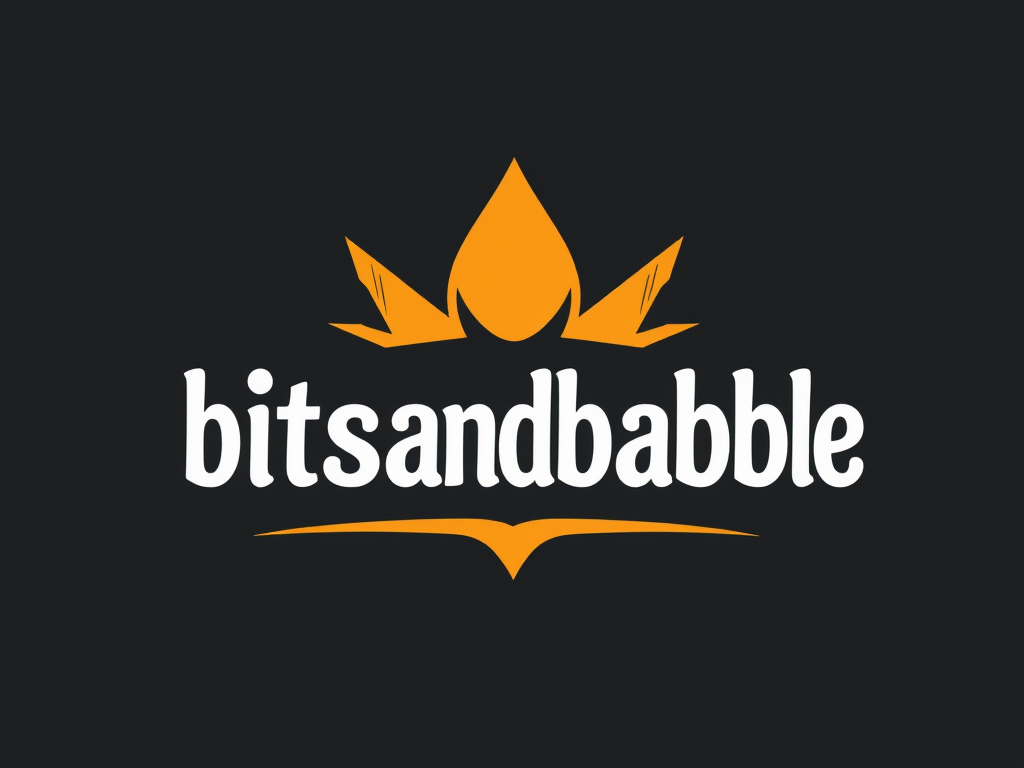Selecting the right PLM software can redefine how your business operates, accelerating product development and boosting collaboration across teams. By focusing on solutions that streamline processes and enhance innovation, companies unlock new levels of efficiency and quality. This approach not only drives measurable financial gains but also positions the business for long-term success in a competitive market. Understanding what features and criteria matter most is essential to making an informed choice that truly transforms your operations.
How PLM Software Drives Business Growth
Maximizing efficiency and innovation for success
This might interest you : Top lofi hip hop sample packs to elevate your music production
PLM software benefits extend significantly to streamlining operations and reducing product development cycles, making it a pivotal tool for business improvement. By consolidating product data and workflows into a unified system, PLM software accelerates decision-making and minimizes delays caused by fragmented information. This harmonization leads to faster time-to-market, directly contributing to business success.
A core aspect of PLM’s impact lies in enhancing collaboration across different departments and stakeholders. With centralized access to up-to-date product information, teams can innovate more effectively and maintain higher product quality. This seamless exchange of ideas and data reduces errors and redundant work, fostering an environment where innovation thrives and product standards rise.
Additional reading : Unleash your business potential with the right plm software
Moreover, effective PLM integration demonstrates measurable ROI by optimizing resource allocation and minimizing costly mistakes. Companies experience reduced operational costs and improved product lifecycle management, culminating in visible gains in productivity and profitability. Implementing PLM software translates business improvement into quantifiable results, empowering organizations to sustain growth and maintain competitive advantage.
Discover the link here for more insights on unleashing your business potential with the right PLM software.
Essential Features to Look for in Leading PLM Solutions
When selecting PLM features, it is crucial to focus on the core functionalities that drive efficient product lifecycle management. Foremost among these are data management, process automation, and seamless integration capabilities. Effective data management ensures that all product-related information is stored, updated, and accessed accurately throughout the lifecycle. Process automation within these tools minimizes manual tasks, reducing errors and accelerating workflows. Moreover, integration capabilities allow the PLM software to communicate effortlessly with other enterprise systems such as ERP or CAD, creating a unified digital ecosystem.
The software capabilities relating to user experience are equally important. A clean, intuitive user interface makes it easier for teams across departments to adopt the PLM solution quickly. Scalability is another critical factor; as a company grows, the PLM tools must accommodate increased data volume and complexity without performance degradation. In today’s mobile-driven environment, mobile access is essential, enabling users to collaborate and make decisions on the go.
Security and compliance features are fundamental to protecting sensitive intellectual property and adhering to regulatory standards, particularly in industries with strict requirements. Industry-specific adaptability is a valuable capability that allows PLM solutions to tailor workflows and compliance checks to the unique needs of sectors like aerospace, automotive, or consumer goods. These combined features form the backbone of a robust product lifecycle management system, ensuring it remains a strategic asset throughout the product’s life. Discover the link here.
Criteria for Choosing the Best PLM Software for Your Business
Choosing the right Product Lifecycle Management (PLM) software starts with clear PLM selection criteria that reflect your specific business demands. First, thoroughly assess your business needs and ensure the PLM system’s functionalities align perfectly with your workflows. This means evaluating how the software handles product data management, collaboration, and process automation relative to your current challenges and objectives.
Next, conducting a comprehensive software comparison is essential. Focus on vendor reputation, as well as the quality of support and implementation expertise offered. A reliable vendor with proven experience ensures smoother onboarding and long-term success, reducing the risks of costly delays.
Consider the total cost of ownership holistically. Beyond initial licensing fees, take into account maintenance, training, and potential customization expenses. Flexibility and future-proofing matter too. Opt for a PLM system that can scale with your business evolution and integrate with emerging technologies. These aspects guarantee your investment remains viable over time.
By prioritizing these evaluating PLM systems components—business alignment, vendor strength, and cost-effectiveness—you gain a clearer pathway to selecting a solution that drives growth and innovation effectively. Discover the link here.
Comparing Top PLM Software Options on the Market
When evaluating PLM software comparison, it’s essential to focus on the capabilities that differentiate leading PLM systems. Each platform offers distinct features tailored to specific business needs, and understanding these distinctions can guide better decision-making.
The top-rated PLM providers excel in integrating product data management, streamlining collaboration, and supporting the entire product lifecycle. For example, some platforms emphasize intuitive user interfaces and ease of integration with enterprise resource planning (ERP) systems, while others focus on advanced visualization and simulation tools.
Key PLM software comparison points often include:
- Data handling versatility: How robustly the system manages complex product data and version control.
- Customization options: The degree to which the platform molds to unique workflows without extensive coding.
- Collaboration support: Features facilitating cross-departmental and supplier communication.
Each leading PLM system brings unique value propositions. Some platforms specialize in serving high-tech and manufacturing industries, with comprehensive engineering change management and compliance tracking. Others cater more toward consumer goods, delivering rapid prototyping and market feedback loops. Understanding these is crucial in aligning the technology with your industry requirements.
By focusing your PLM software comparison on these differentiators, you position your business for optimized product development cycles and enhanced operational efficiency. Discover the link here to dig deeper into how these solutions can unlock your business potential.
Real-World Success Stories: Businesses Transformed by PLM Adoption
Delving into PLM success stories reveals a consistent pattern of tangible benefits that businesses have experienced after adopting PLM systems. Many business case studies document significant improvements in product development cycles, cost efficiencies, and enhanced collaboration across departments. These outcomes underscore the transformative PLM impact on organizations eager to stay competitive and agile in dynamic markets.
One common achievement in these case studies is a measurable reduction in time-to-market. By centralizing product data and streamlining workflows, companies have accelerated decision-making processes, reducing delays that often cause cost overruns. For instance, a manufacturer leveraging PLM successfully cut development times by nearly 30%, enabling faster responses to customer demands and competitive trends.
Cost savings are another hallmark in documented PLM success stories. Improved visibility into product changes and better coordination between engineering, manufacturing, and supply chain teams lead to fewer errors and rework. This reduces waste and optimizes resource utilization. Many businesses report savings of 15-25% on operational expenses directly linked to their PLM implementation efforts.
Lessons learned from these transformations illustrate the importance of user training, data quality management, and executive buy-in. Successful PLM adopters emphasize early stakeholder engagement and continuous monitoring of KPIs to maintain momentum. These best practices help maximize the system’s ROI and sustain long-term improvements.
Overall, the PLM impact as evidenced by real-world business case studies demonstrates how adopting a robust PLM solution can re-engineer processes, cut costs, and boost innovation. Discover the link here.
Actionable Next Steps for Implementing PLM Software
Starting your PLM implementation journey requires deliberate preparation and a clear roadmap. The first critical step is getting started with PLM by assembling a dedicated project team that includes key stakeholders from product development, IT, and operations. This team will drive the business transformation by aligning PLM goals with overall strategy. Developing a comprehensive project plan should define clear objectives, timelines, and responsibilities to guide the PLM rollout effectively.
During implementation, establish key milestones such as system configuration completion, user training sessions, and pilot testing phases. These milestones enable monitoring progress and ensuring that each stage meets defined quality standards. It’s essential to track performance metrics early and continuously, measuring indicators like process efficiency improvements and user adoption rates. This data-driven approach facilitates ongoing optimisation of the PLM system, aligning it with evolving business needs and maximizing return on investment.
Providing adequate resources and support is equally vital. This includes investing in training programs to equip your team with the necessary skills and establishing robust technical support channels for troubleshooting. Leveraging vendor expertise and community forums can also smooth the transition. By focusing on structured preparation, milestone tracking, and responsive support, your organisation can unlock the full potential of PLM implementation and drive meaningful business transformation.
Discover the link here for more detailed guidance on successfully adopting PLM software.










